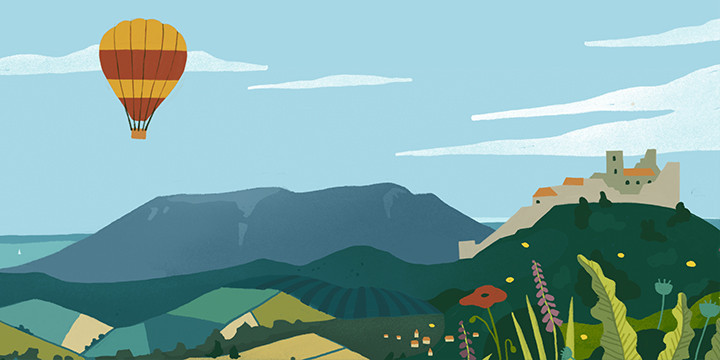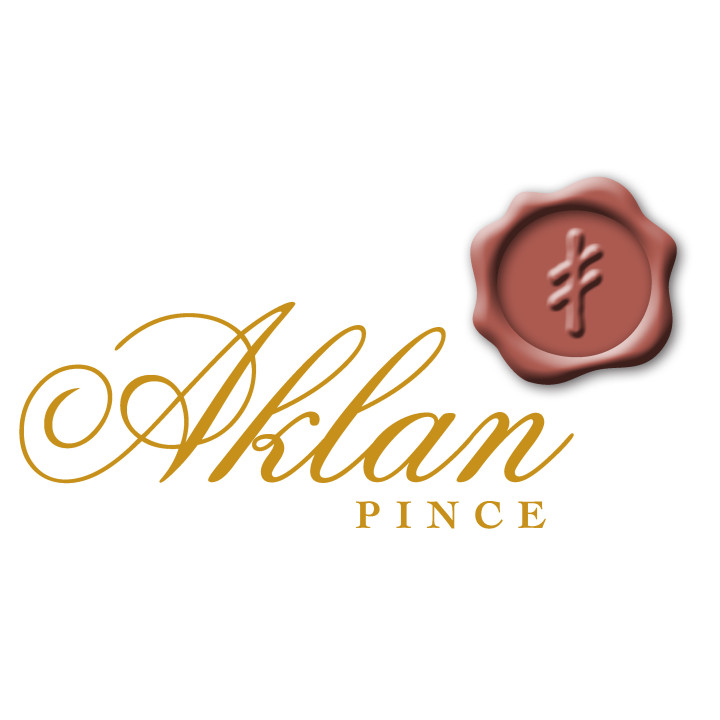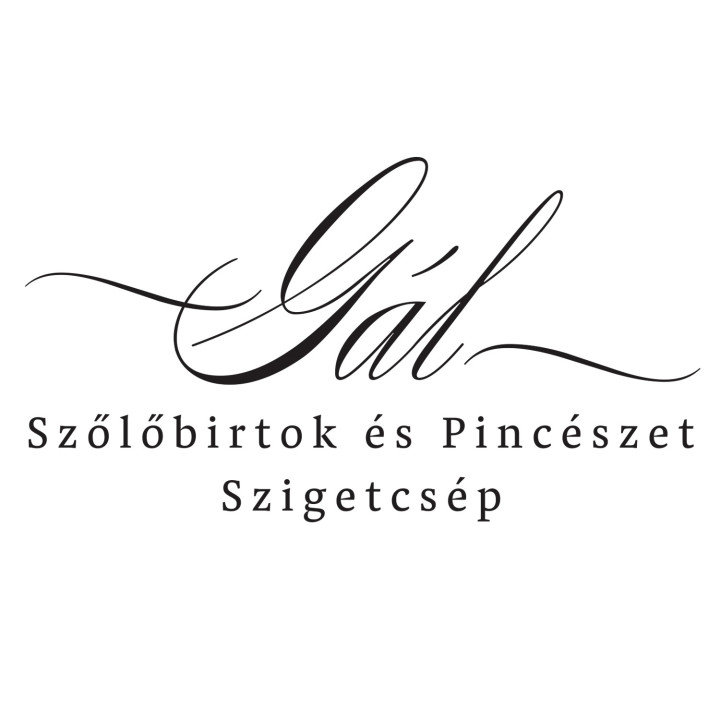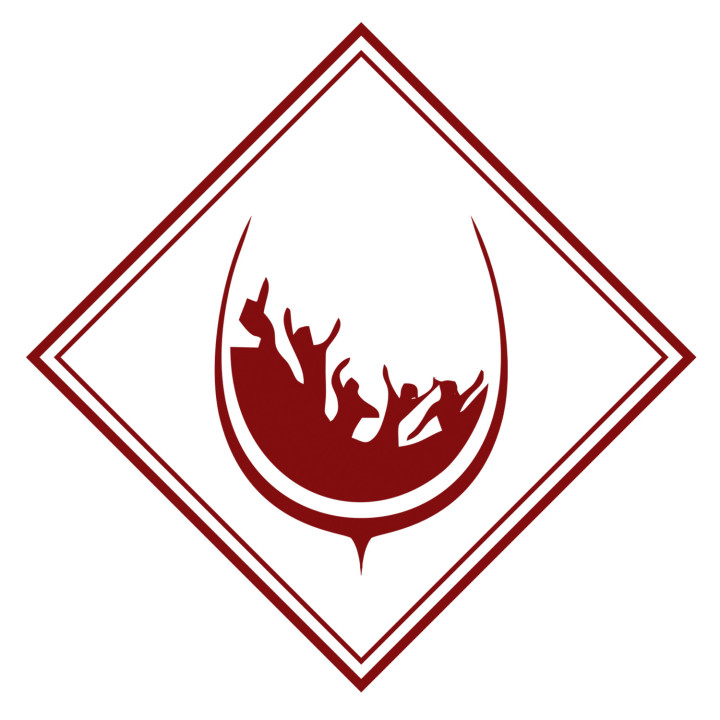Balaton Uplands: Best wineries, wine tastings and wines
Top suppliers
More wineriesBest wine tastings
More wine tastingsPálffy wine tasting on the stone terrace in Köveskál
Pálffy wine tasting on the stone terrace in Köveskál


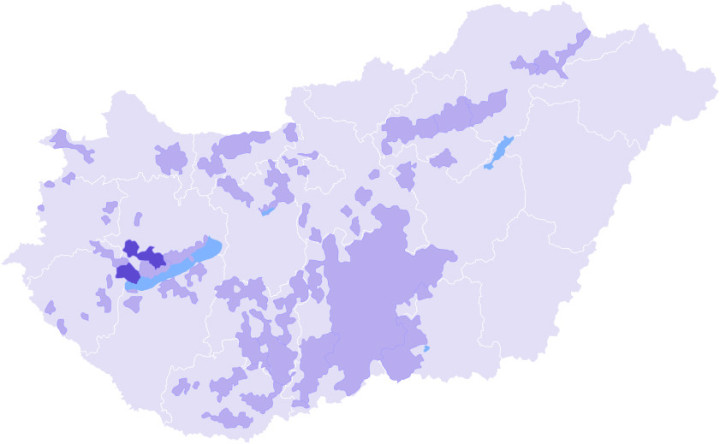

What Makes the Balaton Uplands Wine Region Special?
A Bit of History
Lake Balaton itself has a history spanning hundreds of thousands of years, as does the Transdanubian Central Mountains. This is important because both natural formations fundamentally shape the climate, geography, and agricultural characteristics of the uplands. These conditions have proven to be truly unique, which is why a significant wine culture flourished in the Balaton Uplands as early as 2,000 years ago during the Celtic era.
The Romans were also quick to recognize the potential of the area and used the slopes for grape growing during their time. This tradition continued when the Hungarian settlers arrived, and the wines produced in the Balaton Uplands became so popular that they were frequently served at the tables of the kings of the Árpád dynasty.
For a long time, the area on the northern shore of the lake was not considered a standalone wine region. The first law on wine regions in 1893 classified it as part of the Badacsony wine region, and earlier it belonged to the Balatonmelléki wine region. Later, in the 20th century, the Badacsony, Balatonfüred-Csopak, and Balaton Uplands wine regions were separated, with the latter officially gaining its current name in 1999.
Natural Conditions
The proximity of Lake Balaton has a profound effect on the climate of the wine region. Although the overall climate is continental, the large body of water and surrounding mountains create a special Mediterranean-like microclimate. The lake reflects and radiates heat, making winters milder and summers less hot. The constant breeze and cooler air from the Bakony Mountains also help to moderate the climate.
Looking at the data, the Balaton Uplands wine region has excellent qualities for grape growing. The annual rainfall is around 650 mm, with 420 mm falling during the grape-growing season. The region enjoys around 1,950 to 2,000 hours of sunshine annually, resulting in an average temperature of 11-12°C.
The wine region is unique in that it is not a contiguous area, as the Badacsony wine region occupies the central part. This essentially divides the 5,200-hectare area into eastern and western halves, with the western part covering the Keszthely plateau and the Sümeg area, while the eastern part includes the Káli Basin.
The Balaton Uplands wine region is often divided into three large zones based on soil characteristics. In the Káli Basin and Balatonederics-Lesence area, basalt dominates, while in the Cserszeg area, dolomite and marl are prevalent. Notable towns in the region include Köveskál, Lesencefalu, Hévíz-Egregy, Sümeg, and Várvölgy.
Planted Grape Varieties
White Grape Varieties:
- Chardonnay
- Cserszegi Fűszeres
- Furmint
- Muscat Ottonel
- Müller-Thurgau
- Nektár
- Olaszrizling
- Sárgamuskotály
- Szürkebarát (Pinot Gris)
- Tramini
Red Grape Varieties:
- Pinot Noir
- Zweigelt
What Wineries Can You Find in the Region?
Experiences Await You
As the list above shows, the Balaton Uplands wine region primarily grows white grapes, with an impressive variety to explore. During a wine tour, you can taste wines made from Furmint, Szürkebarát, and Tramini. Some wineries also grow red grapes, which are definitely worth trying as well.
Aside from wine, the northern shore of Lake Balaton offers a wealth of other activities. If you feel like hiking, head to the Káli Basin, Keszthely plateau, or the Sümeg area, all of which have excellent trails. While there, don’t miss the 13th-century Sümeg Castle and the nearby bishop’s palace.
Wine festivals abound, even at the beginning of the year. Furmint Days, for example, are held in February in Köveskál, where everything revolves around this grape variety. In the summer, you can attend the "Wine Brings Us Together" series in Keszthely, Gyenesdiás Wine Days, and the Györöki Wine Promenade in Balatongyörök. At the end of August, the Wine Festival in Hévíz is another highlight.
Key Wineries
- Aklan Family Vineyard and Winery
- Dobosi Winery
- Festetics Cellar
- Inhoff Malom Winehouse
- Káli Kövek
- Nagy & Nagy Winery
- Pálffy Cellar
- Scheller Vineyard
- Szabó Cellar
- Trombitás Winehouse
If you love white wine and want to taste fine Hungarian wines in a stunning setting, the Balaton Uplands wine region is made for you. Book a wine-tasting tour today!
